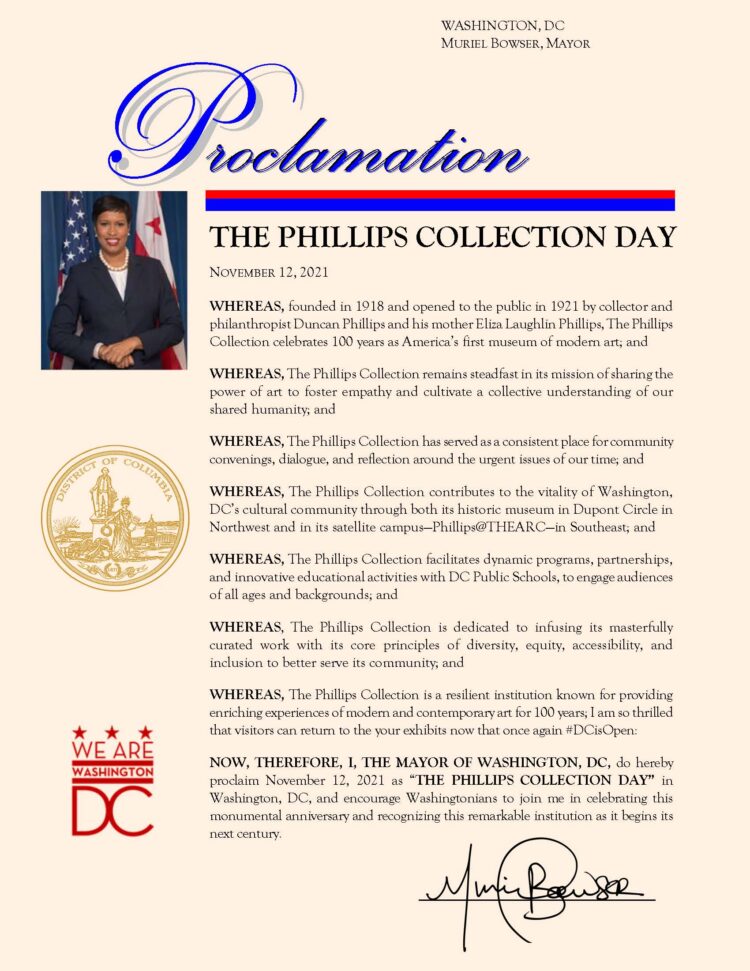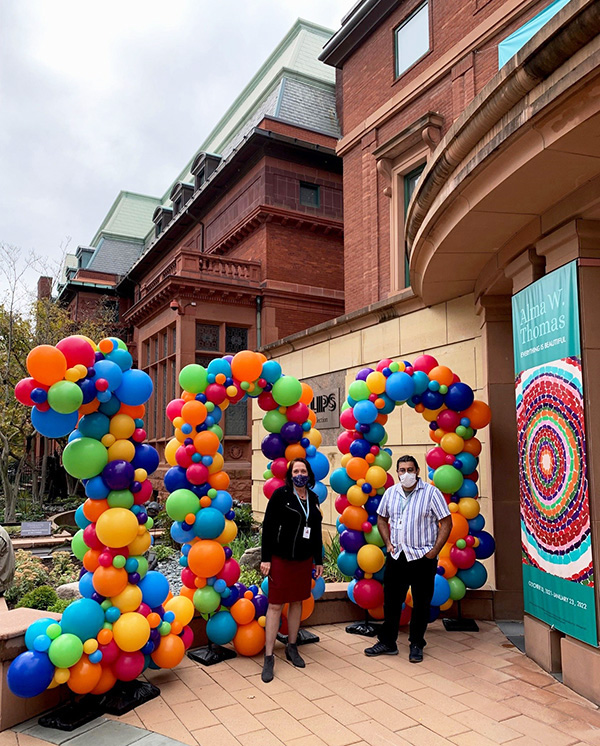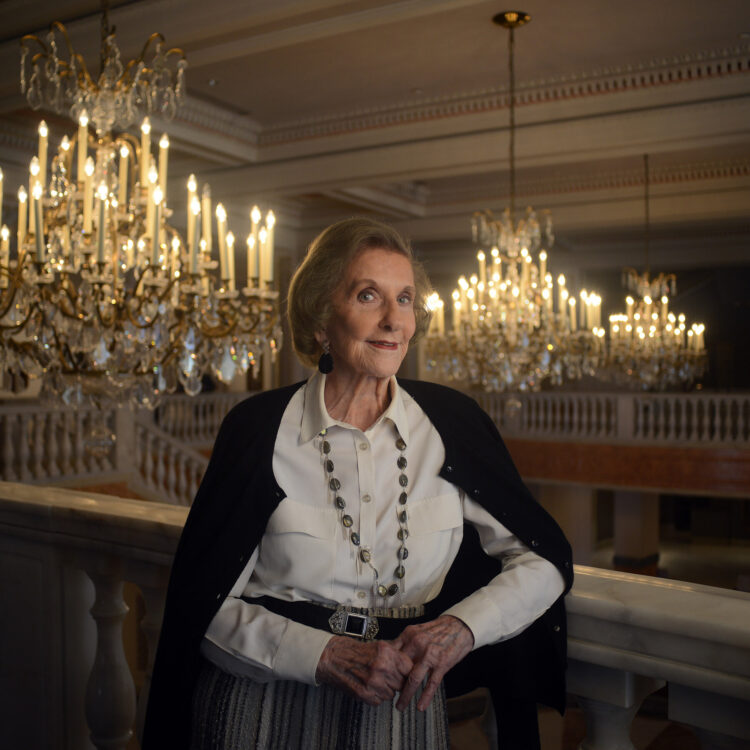“Art is part of the social purpose of the world and a gallery can be a meeting place of many minds, harmonized by a genuine respect for the spirit of art, which is none other than the spirit of pleasure in the exchange of different attitudes and sensibilities.”—Duncan Phillips, A Collection Still in the Making, 1931
“This is a time when museums are needed even more, not only because they’re places that broaden the way we understand things and see things but also because in many ways, at their best, they’re part of the glue that holds communities together.”—Lonnie Bunch, Secretary of the Smithsonian Institution, October 14, 2021

Mayor Muriel Bowser has proclaimed November 12, 2021, “The Phillips Collection Day” in honor of our centennial.
When the Phillips Memorial Gallery opened in 1921, it comprised one room and 237 paintings. The Phillips family lived in the building then, welcoming visitors into their home. 100 years later, The Phillips Collection, now with nearly 6,000 works of art and expanded buildings, is still home to more than 120,000 visitors each year. In hearing your favorite stories and memories, I know the Phillips is a special place for so many. While we have greatly extended our outreach globally, there are longtime DC residents who cherish the museum for its uniquely intimate, Washington experience. We hope that more people will be able to have these enriching encounters with art, for many more years to come. From 1921 to 2021, we have championed the power of museums to educate and build communities.

Celebrate with us at our Birthday Party today! Visit PhillipsCollection.org/events to make a reservation.
Despite myriad challenges, we have had a full centennial year so far. We showcased our collection and featured recent acquisitions with Seeing Differently: The Phillips Collects for a New Century. Our juried invitational Inside Outside, Upside Down and Community in Focus project made us smile and cry reflecting on all that we have experienced this past 20 months. We presented works by beloved artists like Jacob Lawrence, and contemporary voices like Marley Dawson, Victor Ekpuk, and Nekisha Durrett. We endowed the position of Horning Chair for Diversity, Equity, Access, and Inclusion, a powerful indication of our commitment to DEAI work. We have presented Duncan Phillips Lectures by Lonnie Bunch and Arlene Dávila (stay tuned for our final lecture from Elizabeth Alexander in January), had conversations with collectors and artists, and showcased the best of traditional and new chamber music. We have engaged with audiences of all ages (from our family workshops to our Creative Aging program with older adults) and continue our work with PK-12 students and teachers throughout the region.
It is especially fitting that our fall exhibitions honor DC icons David Driskell and Alma Thomas, two artists and educators who led the Washington creative space for many decades. They knew how important it is to have art—bright, bold, colorful art—in our world, just as Duncan Phillips did. I am humbled to shepherd this wonderful institution, and very proud of all that has been achieved over 100 years, creating a dynamic institution dedicated to Duncan Phillips’s vision to help the world “see differently” as artists see.
Thank you for celebrating “The Phillips Collection Day” with us!
Dorothy Kosinski


